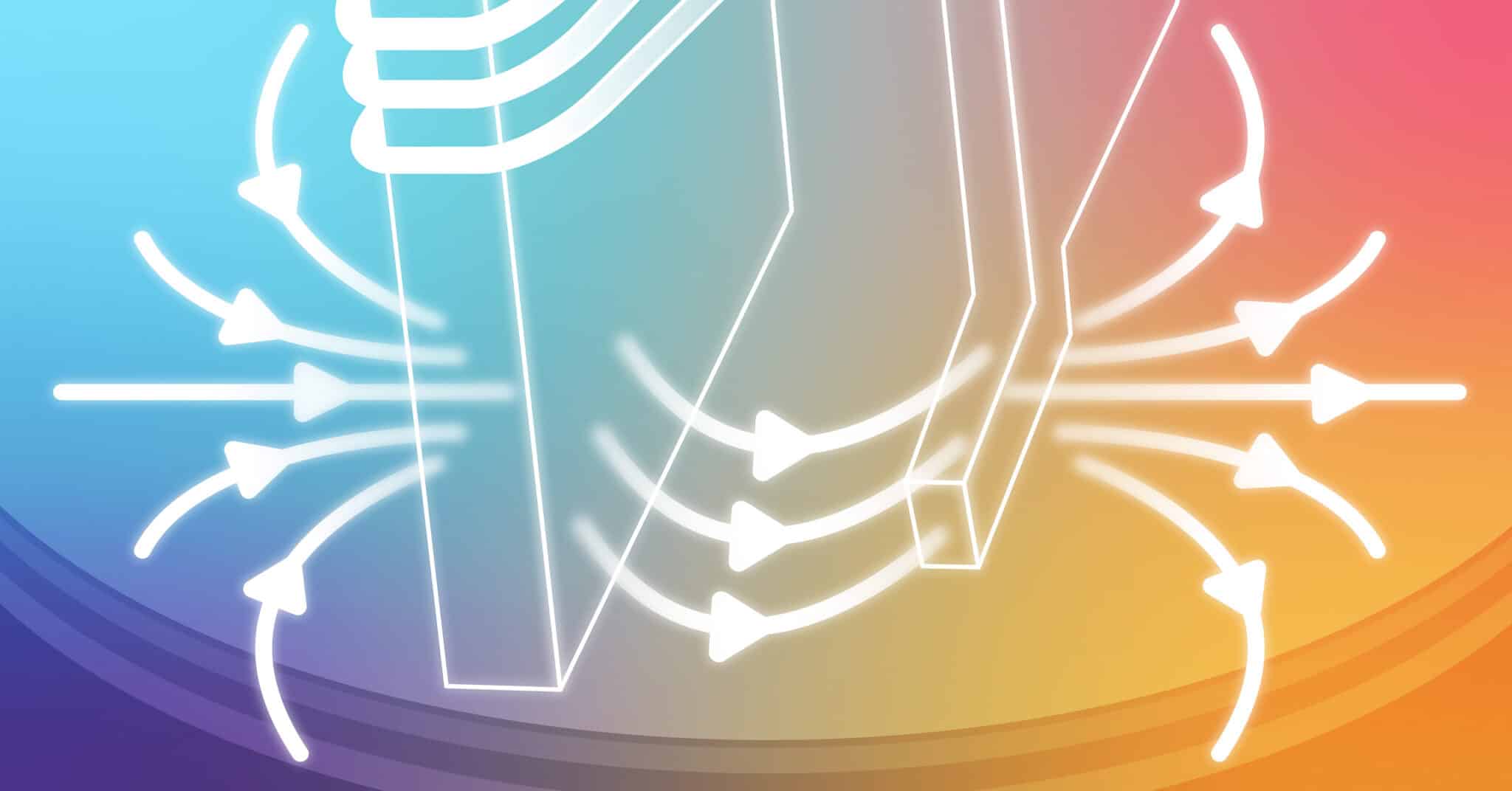Forward-looking: Western Digital remains one of the world's largest hard drive manufacturers, although it trails Seagate in adopting the latest recording technologies. However, the company has announced that major advancements are planned for its HDD lineup over the next few years.

At the recent Computex trade show in Taipei, Western Digital confirmed that its first hard drives based on Heat-Assisted Magnetic Recording (HAMR) technology are scheduled to debut in 2027. Before then, however, the San Jose – based company plans to introduce another generation of hard drives built on its proven ePMR 2 recording platform.
WD's initial HAMR lineup is expected to include a 36TB model using Conventional Magnetic Recording, and a 40TB model leveraging Shingled Magnetic Recording. Additionally, the company plans to offer a 44TB drive based on its proprietary UltraSMR technology to select partners. As most storage professionals know, SMR drives use overlapping data tracks to increase capacity, but they often suffer from performance and reliability issues compared to CMR-based units.
Before committing major resources to high-volume HAMR production, WD will continue enhancing its ePMR 2 platform. ePMR (energy-assisted Perpendicular Magnetic Recording) increases areal density by applying an additional electrical current to the write head. This makes the writing process more precise, allowing data bits to be packed closer together on the disk surface.

Western Digital's 2026 roadmap includes a 36TB UltraSMR drive, along with a smaller-capacity CMR unit based on the ePMR 2 platform. After launching these two models, the company is expected to fully transition to HAMR technology.
HAMR is a sophisticated storage method that heats a tiny area of the disk just before writing data. This localized heating temporarily makes the material more receptive to magnetic changes, allowing for significantly higher data density by storing more bits in the same physical space.
Western Digital was compelled to invest in HAMR after its alternative approach, Microwave-Assisted Magnetic Recording (MAMR), failed to deliver the expected results. In contrast, Seagate moved faster, and it is already sampling its first HAMR drives using its proprietary Mozaic 3+ platform.
Western Digital hopes HAMR will offer a long-term path toward greater areal density in hard drives. The company has set an ambitious goal to manufacture 100TB HDDs by 2030 – an impressive leap, considering its first HAMR drives are slated to hit the market just three years prior.
Western Digital's plans for HAMR hard disk drives will materialize in 2027